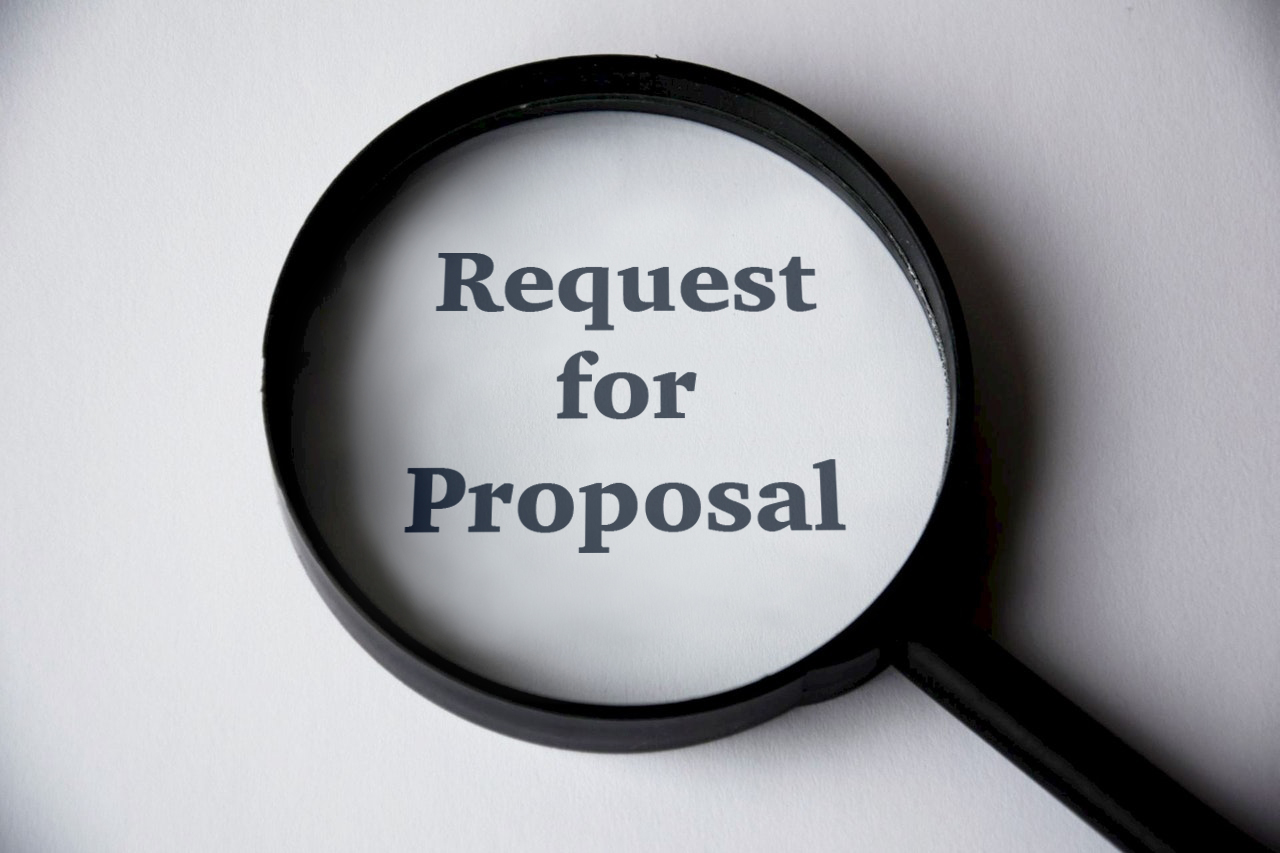8 Elements Which You Need To Remember About When Preparing The Request For Proposal (RFP)
16 desember 2020

Last week we published an article about the specification of requirements. The specification itself is not enough to obtain competitive proposals and to make a good decision when choosing the contractor, with whom you will be able to sign the contract for realization of bespoke software solution.
What should be included in the request for proposal (RFP) then? Please find below eight elements you need to consider:
- Organisation overview
Specification of the organization that requests the services is very useful. It may be in a form of a brief overview that helps to establish whether it is a small start-up, large corporation, or something in the middle. It will help the bidder to adjust the offer to the scale of that organisation.
Besides, the scope of the business should be specified. It will also help the bidder to match better their services with the client’s needs. It will also serve as a reference in the future transactions.
- Specification of the project
I believe that the main request for proposal document should include a very precise but brief specification of the project’s subject. The full specification of requirements should be described in a separate document, in a form of enclosure to request. This brief description will help the seller to verify whether the request is adequate to the services provided by the company. If so, they will proceed with the offer and the technical document with specification of requirements will be forwarded to the engineer responsible for valuation (you can check my article How Much Does It Cost To Create an IT System? to find out which elements are significant during the valuation stage).
You obviously already know how to create the specification of requirements, if not, I can refer you to: How To Prepare a Good Specification Of Requirements For IT Projects.
- Terms of accessibility
It is worth considering, at the stage of request preparation, offers of which companies are most desirable – and which are not. The client may specify the minimal terms of accessibility, which need to be provided by the bidder so their offer can be taken into account. The examples of such terms may include:
- The experience in similar projects (evidenced by a specific realization figure)
- An adequate team necessary for projects realization
- The size of the stakeholder measured by the number of its employees or income
- Others
- The Budget
If it is not confidential, providing the budget will help the bidders to prepare the offer, adequate and suitable to clients’ requirements and expectations. The provided budget helps the potential contractor to understand what project they are dealing with and to verify whether the scope of the project is appropriate. If, for any reason, the client doesn’t want to disclose the budget they have, it is worth to specify the margin within which the offer may be considered.
- Content of the offer
In the request for proposal there should be a clear specification of expectations from the offer. What the values are, which units and within what timeframes we expect the results. It may be:
- The price
- Realization time
- Warranty period
- SLA terms
- Team members
- References
- Etc.
A good practice is to provide the offer template in the request for proposal in order not to miss out any relevant information by the bidder and for the client to find and verify it easily.
- Selection criteria
If the criteria for the offer selection are specified in advance it is worth providing them in the request for proposal. It demonstrates clearly our expectations and straightforward approach towards potential bidders. The contractor will look at the offer differently considering the price factor as the priority or the time of realization.
There may be many selection criteria and they may be valued differently. They may not be included at all, but in such a case we need to highlight that the price is not the only requirement, or to indicate which elements of the offer will be significant during the offers selection.
- The procedure and closing date
The previous points seem obvious, but this part is equally important. In the request for proposal there should be a clear information on how (for instance via email to a specific address) and when (date and time of submission) the offer should be delivered to be considered in the process. I suggest that the date is not too distant (preferably less than a month) as the offer proposals process becomes very extensive then. On the other hand it should not be too short, as not all the potential bidders will be able to prepare the offers (one week is the minimum of acceptance).
We should remember that the closing date may be changed, on condition the potential bidders are informed.
- Means of communication with the bidders
It is for a fact that the organisations that we address the offers to will have certain enquiries. It is worth specifying the mean of communication with the bidders at the start, appointing a person responsible for communication, providing their email address in the request.
It is a good practice to provide transparent answers during the process of offers collection, in order for all the bidders to have access to that information.
The purchase process is not easy and may uncover many traps. Therefore we need to prevent such circumstances from happening by appropriate preparation at all the stages of the process. The correctly prepared RFP document is undoubtedly a relevant part of such a plan.
If you need an assistance in RFP preparation please do not hesitate to contact us. We offer such an assistance within a free consultation.




